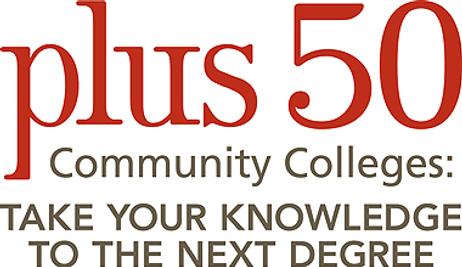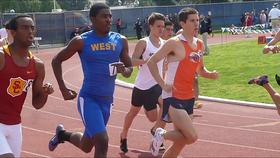What's Wrong with Community College Placement Policies?
Community colleges across the country typically have open enrollment policies that allow students admission to the schools regardless of their academic performance in high school. Many two-year schools don’t collect high school transcripts or standardized test scores before allowing students to enroll in classes. However, most of these schools rely on standardized placement examinations to ensure students lacking the skills to succeed in college get the help they need in remedial classes before moving on to college-level courses.
In theory, this system sounds like a good one. Students are assessed before they are placed in community college classes to ensure they possess all the skills necessary to achieve in higher education courses. Unfortunately, the theory doesn’t always translate into an effective education process. Recent studies have shown community college placement examinations may do more harm than good.
The Problem with Placement Exams
Last year, Inside Higher Ed reported on a study by the Community College Research Center at Columbia University’s Teachers College. The study found that up to two-thirds of the students placed in remedial classes after taking placement exams could have passed college-level courses with a grade of “B” or better without the remedial assistance. This study was significant since remedial coursework has a detrimental impact on college completion rates at community colleges nationwide.
This video explains the placement exam at Suffolk County Community College in Selden, New York.



























